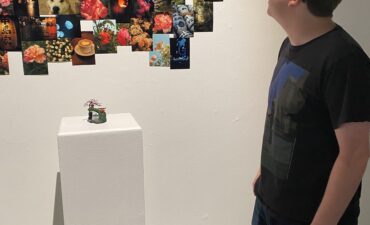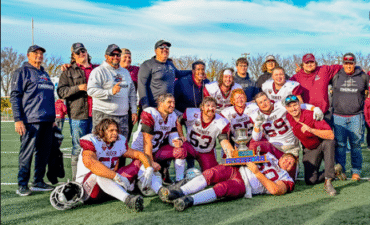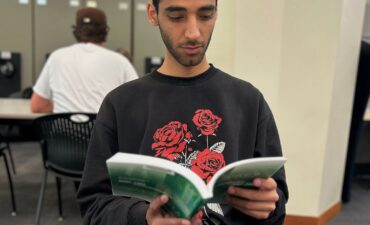Elementary and high school students throughout Saskatchewan had the opportunity to experience the ins and outs of provincial election day when they cast their votes on Oct. 26 with the help of the program “Student Vote Saskatchewan.”
Dan Allan, director of content for the program said only 16 per cent of young voters are actually casting their votes come election day and his hope is that this resource can change that trajectory.
Put on by the CIVIX Resource Library, the Student Vote program is open to all schools in Canada and there is no cost to participate. The resource aims to help Canadian youth under the legal voting age understand the democratic process and experience first-hand what it means to be an informed and engaged voter. The program provides lesson plans and resources that take students along an electoral journey with themes such as rights and responsibilities, levels of government and youth participation but what really sets them apart is their focus on ensuring there is a local aspect to the students learning.

With 420 schools across Saskatchewan registered to use the Student Vote resources, the program allows students to evaluate local candidates, their approaches and the local issues affecting the provincial election.
“It’s not just a cut and paste resource,” said Graham Richardson, a Grade 6/7 teacher at Grant Road School.
“This program really connects the students with local candidates and local parties so the kids can see a direct connection. The information provided is direct and discussed in a matter where the kids can really grasp the content.”
Allan said something that people often hear too much about is the younger demographic, classified as ages 18-35, consistently having the lowest turnout rates. Part of this issue is being due to a fear among first–time voters that feel as though they don’t know what they are doing.
“Research shows that one of the obstacles younger people encounter when it comes to voting for the first time is not understanding how voting works and this can often lead to someone not voting again or at all,” Said Allan.
“Our goal is to show students a fun side of the voting process and why it is important to not only cast a vote but to be informed about how they are voting.”
Richardson also sees the importance of engaging his classroom in the democratic process as he also understands the issue of younger demographics not voting.
“If you look over the past elections, the younger demographics do not vote as much as the older ones do,” said Richardson.
“So, I think being able to communicate the importance of voting to our students will help them become invested in the process and understand that their vote has value when they reach legal voting age.”
With the COVID-19 pandemic affecting democratic processes across the world, the Saskatchewan election will look a little different this year and for the first time ever, students will be able to vote online. But, Allan emphasizes this will still be an “authentic voting experience.”
“Elections Saskatchewan has put a lot of resources into voting by mail and we have provided an online voting option so I think this is a big test for new ways of people to get out and vote,” said Allan. “We will be observing how this works and determining how we could use this moving forward.”
While Richardson’s classroom did not register to vote this year with the program, he has used these resources to inform his students and they plan on having a discussion on the results after the conclusion of the election. Richardson is encouraging his students to join their parents when they go and vote so they can see and understand just how easy the process is.
For those schools who did register to vote on Monday afternoon, students across the province cast their vote for the official candidates running for election in their school’s constituency.
Scott Moe and his Saskatchewan Party won a majority government according to the province-wide student vote, with 37 out of 61 seats and 46 per cent of the vote.
Ryan Meili and the NDP party took 24 seats and will form the official opposition, receiving 35 per cent of the popular vote while the Green Party received 12 per cent of the vote, but failed to win a seat.















